Astrophytum capricorne var. niveum stands as a captivating jewel within the realm of cacti, delighting both amateur enthusiasts and seasoned collectors alike. This succulent, renowned for its unique aesthetic and fascinating growth patterns, prompts a reassessment of cactus care. The following guide will illuminate the nuances of nurturing this extraordinary variety, while exploring its growth stages and the enchanting process of flowering.
Delving into the distinctive characteristics of Astrophytum capricorne var. niveum reveals an array of features that distinguish it from its relatives. Its body is typically characterized by a globular form adorned with prominent ribbing, which is accentuated by a charmingly textured surface. The white speckling covering the skin—an evolutionary tactic to prevent overheating—adds an allure that enhances its desirability among collectors. Observing these traits in person will surely shift your perspective on desert flora.
Understanding the requirements of this species is critical for fostering a healthy and thriving plant. Not only does it display remarkable resilience, but it also expresses a preference for specific conditions that mimic its native habitat. These insights will guide you through its cultural needs.
Growing Environment: The Ideal Habitat
To cultivate Astrophytum capricorne var. niveum successfully, it is paramount to replicate its natural environment as closely as possible. Native to the arid regions of Central Mexico, this cactus thrives under warm, sunny conditions. Sunlight plays a crucial role in its development; the plant requires an ample dose of bright, indirect light. Direct exposure to intense sunlight, particularly during the peak of summer, may result in sunburn—in stark contrast to its glory.
Temperature is another fundamental consideration. This cactus flourishes in temperatures ranging from 70°F to 100°F (21°C to 38°C) during the day, while nighttime temperatures can dip to a tolerable level of 50°F (10°C). Below this threshold, growth may become stunted, and if exposure to cold persists, it can lead to detrimental consequences. Therefore, for optimal growth, a temperature-controlled environment is advisable.
Moreover, astute watering practices are essential. Astrophytum capricorne var. niveum exhibits drought tolerance, priming it for less frequent watering. It’s prudent to allow the soil to dry out completely between waterings, as excessive moisture can lead to root rot—a notorious adversary in the cactus community. During the active growing season of spring and summer, a biweekly watering schedule is recommended, gradually reducing the frequency during the dormant months of fall and winter.
Soil composition merits attention, as well. This cactus fancies a well-draining substrate to prevent water-related issues. A typical cactus mix, enriched with components like perlite or pumice, provides adequate drainage. Creating a bespoke blend tailored to your plant’s needs can yield impressive results. Combine equal parts of commercial cactus mix, sand, and perlite for a bespoke concoction that promotes aeration while retaining minimal moisture.
Fertilization: An Nutrient Boost
While the demands of Astrophytum capricorne var. niveum are relatively straightforward, providing it with occasional boosts of nutrients will promote vigorous growth. A diluted cactus fertilizer, low in nitrogen and higher in phosphorus and potassium, should be utilized during the growing season. This mixture encourages healthy flowering, while excessive nitrogen may lead to lush foliage at the expense of blooming potential. Fertilizing once a month during the active growing period aligns with its nutritional needs.
This period of growth typically extends from March through September, characterized by an observable increase in size and vigor. A discerning gardener will keep a watchful eye on leaf yellowing or growth stagnation, which may signify a need for nutrient adjustments.
Propagation: Sharing the Love
For those imbued with a passion for propagation, Astrophytum capricorne var. niveum offers a rewarding experience. This species can be propagated through either seeds or offsets. Seed collection usually occurs post-flowering, when the mature fruits become dry and brown. Start by removing the seeds carefully, then let them dry before planting.
In preparing for seed propagation, choose a shallow container filled with a suitable cactus mix, dampening the soil before sowing. Gently press the seeds onto the surface without burying them; light exposure is crucial for germination. A transparent cover can maintain humidity levels, fostering a microclimate conducive to germination. Place the container in a warm area with indirect sunlight, maintaining humidity until the seedlings emerge.
If you opt for offsets, the process is equally gratifying. Gently remove the offset from the main plant, ensuring that some roots are included. Allow it to callous over for a few days before placing it into well-draining soil. Water sparingly until roots have established, leading to an entirely new plant.
Flowering: The Crown Jewel
The crowning achievement of cultivating Astrophytum capricorne var. niveum lies in its astonishing blooms. The flowers typically emerge in late summer, displaying vibrant yellow to orange hues, complemented by a velvety texture. The contrast between the delicate petals and the stout body of the cactus creates a breathtaking spectacle.
To prompt flowering, proper care aligned with seasonal changes is essential. As the plant approaches dormancy in autumn, reduce watering and halt fertilization. This resting period allows the plant to conserve energy, preparing for an impressive display when spring returns. With patience and the right conditions, the flowers will reward the gardener’s diligence with a resplendent show of color.
It is worth noting that flowering varies greatly among individual specimens. Some may produce blooms in their juvenile stages, while others may take several years to flourish. This unpredictable nature adds an element of excitement, inviting curiosity from those who dedicate themselves to their care.
Conclusion: A Journey Worth Taking
In conclusion, Astrophytum capricorne var. niveum provides an enriching experience for cactus enthusiasts, promising a shift in perspective through its beauty, resilience, and compelling growth patterns. Through this guide, we have traversed the foundational aspects of care, from ideal growing conditions to nutrient needs, propagation tactics, and the joyous occasion of flowering. As you embark on this horticultural journey, the pursuit of knowledge and understanding will deepen your appreciation for this remarkable plant, fostering a lifelong admiration for the enchanting world of cacti.
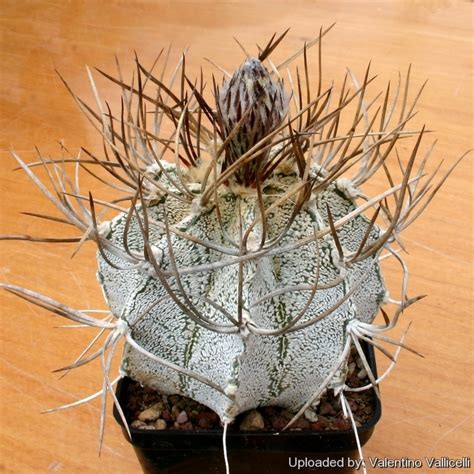
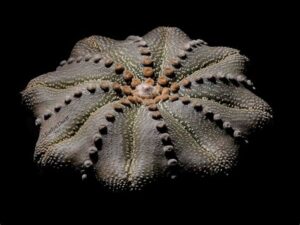
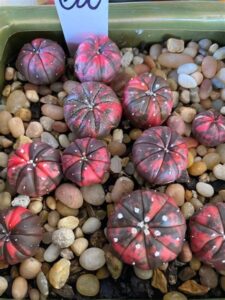
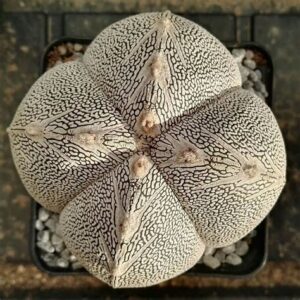
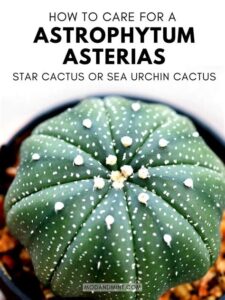
Leave a Comment